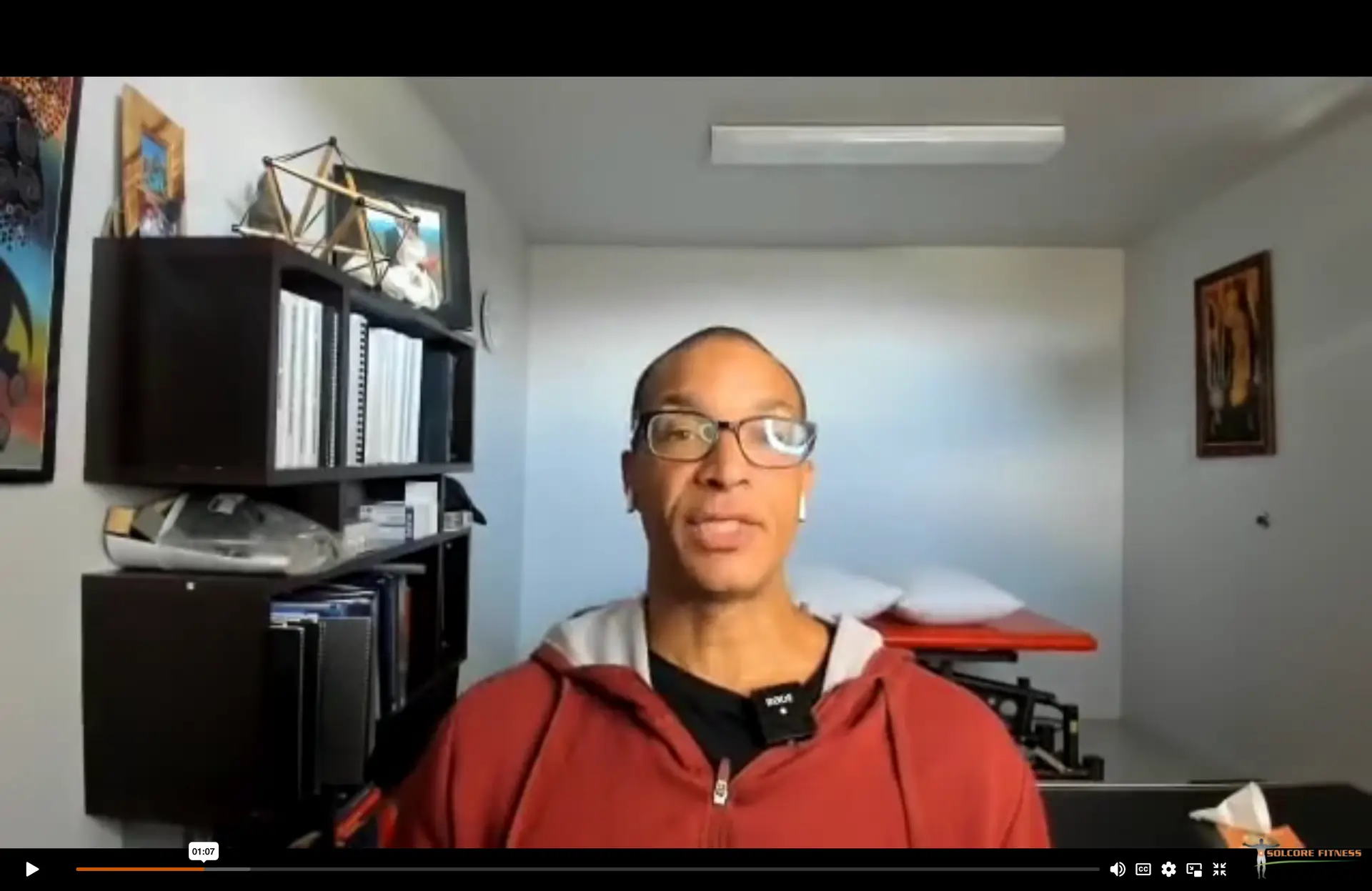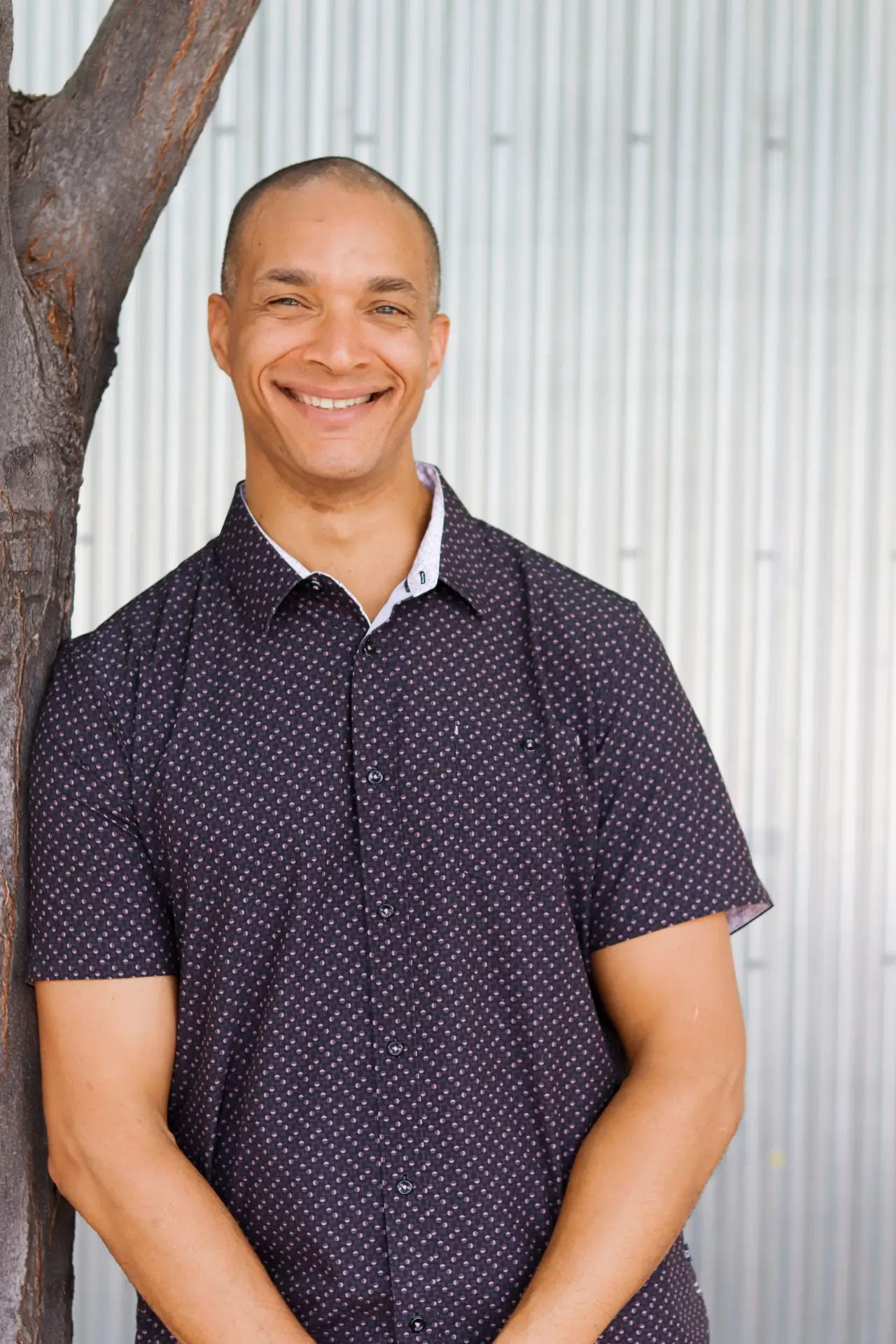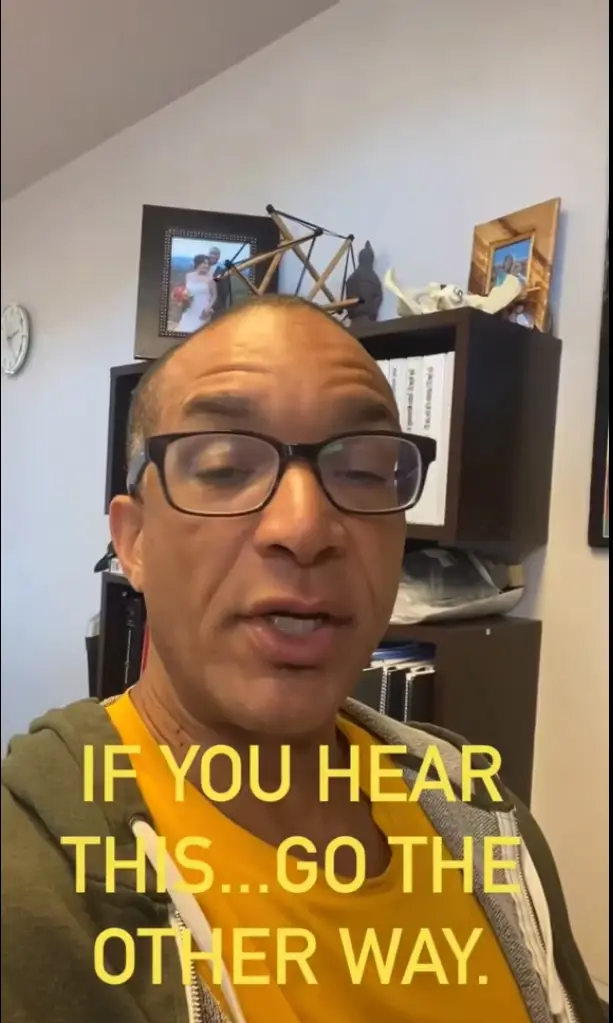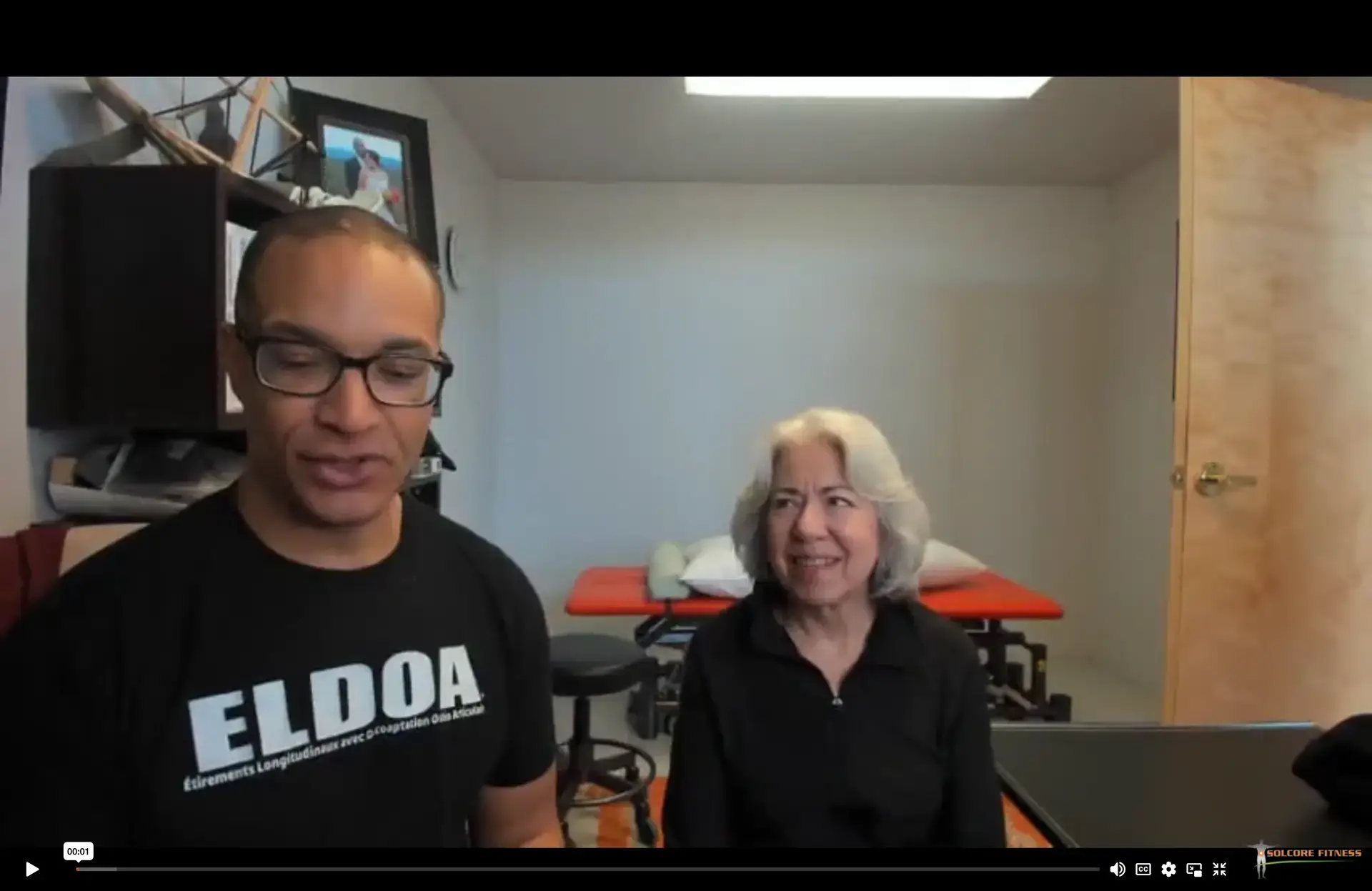
If you view working out as a vehicle for a better life, watch this
It’s not just working out; it’s building a foundation for a better life It’s not just working out, it’s building a foundation for a better life. Find out more @ Facebook Twitter Pinterest Instagram Youtube







